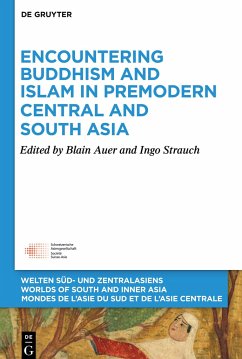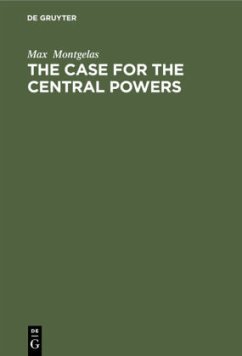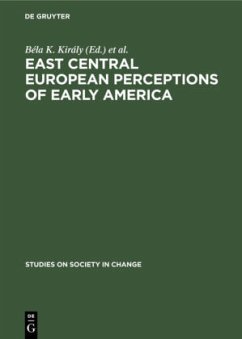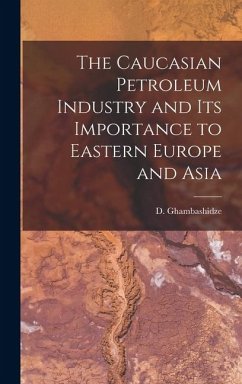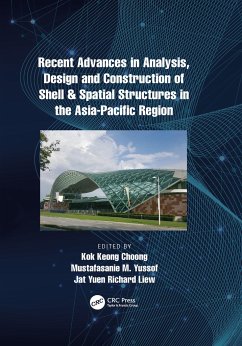Nicht lieferbar
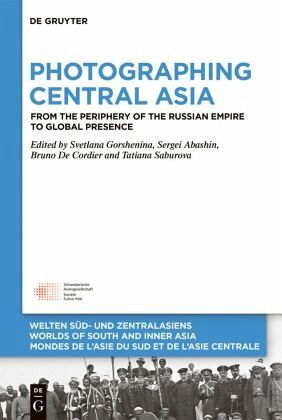
Photographing Central Asia
From the Periphery of the Russian Empire to Global Presence
Herausgegeben: Gorshenina, Svetlana; Abashin, Sergei; Cordier, Bruno De; Saburova, Tatiana
Versandkostenfrei!
Nicht lieferbar
This volume addresses new theoretical approaches in visual and memory studies that prompted to rethink of the photography of Russian Turkestan of the nineteenth and early twentieth centuries. Attempts to relate the visual unknown documentations to postcolonial criticism also opened up new interpretive arenas, helping to decentralize the analysis of the history of photography.The aim of this volume is to interpret photography as a specific tool that reifies reality, subjectively frames it, and fits it into various political, ideological, commercial, scientific, and artistic contexts.Without red...
This volume addresses new theoretical approaches in visual and memory studies that prompted to rethink of the photography of Russian Turkestan of the nineteenth and early twentieth centuries. Attempts to relate the visual unknown documentations to postcolonial criticism also opened up new interpretive arenas, helping to decentralize the analysis of the history of photography.
The aim of this volume is to interpret photography as a specific tool that reifies reality, subjectively frames it, and fits it into various political, ideological, commercial, scientific, and artistic contexts.
Without reducing the entire argument to the binary of 'photography and power', the authors reveal the different modes of seeing that involve distinct cultural norms, social practices, power relations, levels of technology, and networks for circulating photography, and that determined the manner of its (re)use in constructing various images of Central Asia.
The volume demonstrates that photography was the cornerstone of imperial media governance and discourse construction in colonial Turkestan of the tsarist and early Soviet periods. The various cases show the complex mechanisms by which images of Turkestan were created, remembered, or forgotten from the nineteenth until the twenty-first century.
The book should appeal to scholars of the Russian Empire and Central Asia; of history of photography and visual culture; of memory studies. It should be appropriate for use in upper-level undergraduate courses, and even a broader public.
The aim of this volume is to interpret photography as a specific tool that reifies reality, subjectively frames it, and fits it into various political, ideological, commercial, scientific, and artistic contexts.
Without reducing the entire argument to the binary of 'photography and power', the authors reveal the different modes of seeing that involve distinct cultural norms, social practices, power relations, levels of technology, and networks for circulating photography, and that determined the manner of its (re)use in constructing various images of Central Asia.
The volume demonstrates that photography was the cornerstone of imperial media governance and discourse construction in colonial Turkestan of the tsarist and early Soviet periods. The various cases show the complex mechanisms by which images of Turkestan were created, remembered, or forgotten from the nineteenth until the twenty-first century.
The book should appeal to scholars of the Russian Empire and Central Asia; of history of photography and visual culture; of memory studies. It should be appropriate for use in upper-level undergraduate courses, and even a broader public.




